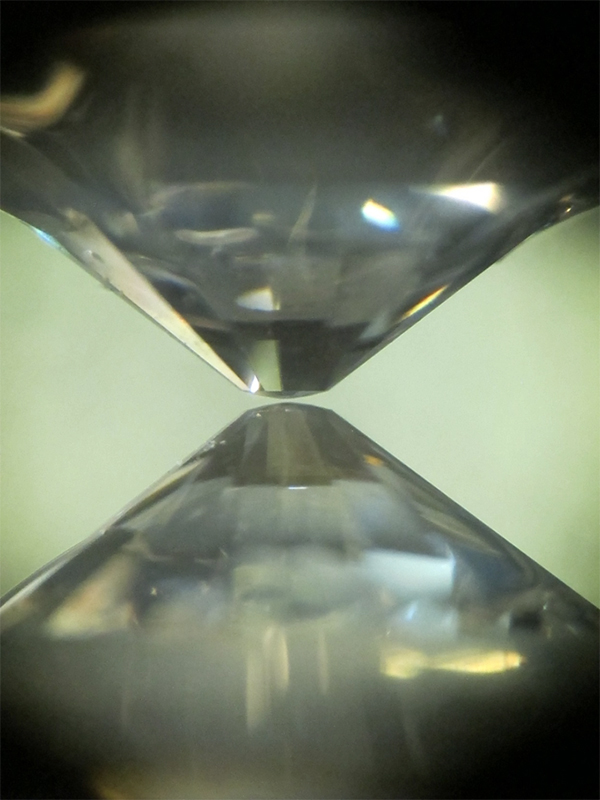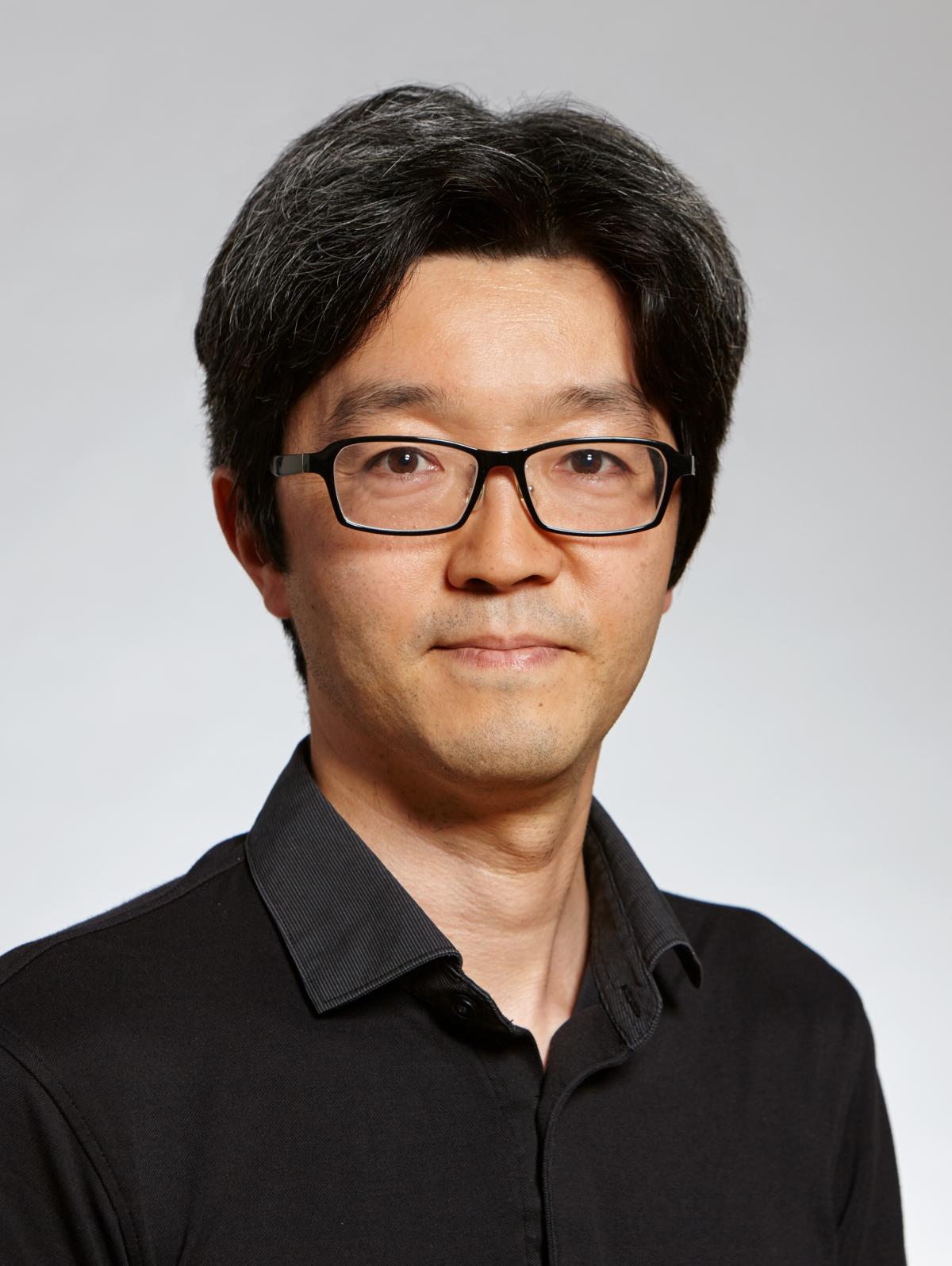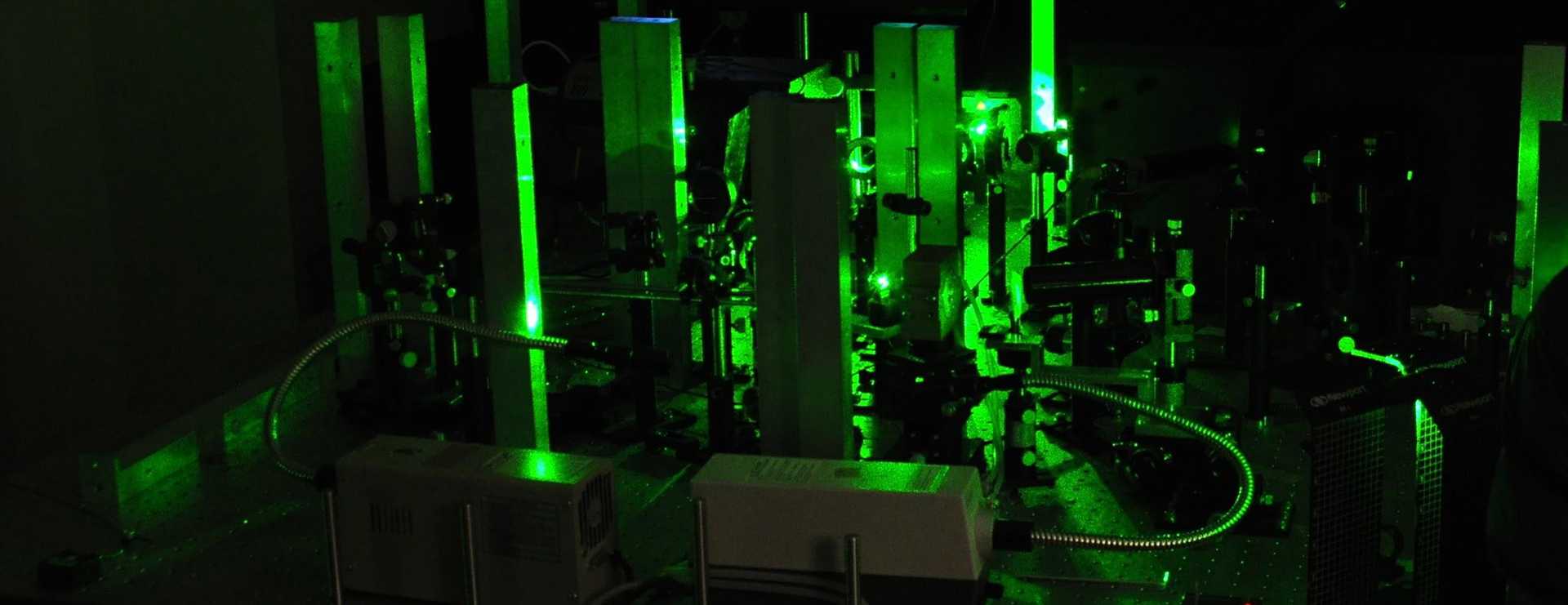Experimental Mineral Physics
The Experimental Mineral Physics group applies a high-pressure and high-temperature experimental approach mainly using a laser-heated diamond anvil cell technique, which reproduces the condition of the deep Earth in the laboratory.

Diamond is known as one of the most hardest natural materials with high transparency over a wide range of wavelengths. Through this very “hard” and “transparent” window, combined laser heating and various spectroscopic techniques can directly observe the simulated deep Earth under extreme pressure and temperature conditions from which we extract important scientific insights. With this approach, our group is trying to clarify and determine such things as the density, crystal structure, elasticity and chemistry of the deep Earth's materials. These are essential pieces of the jigsaw puzzle we need to eventually reproduce a complete picture of the Earth's interior.
Describing the precise view of the “current” Earth is still not enough to answer fundamental questions about the evolution of the Earth's interior throughout the Earth’s history for the last ~4 billion years. It has been thought that the extensive melting of the proto-Earth and the formation of a deep magma ocean facilitated drastic chemical differentiation. We believe that one of the most important keys to resolve this issue is to understand the dynamics and differentiation processes of the deep magma ocean present during the early Earth. To understand this, our group is experimentally simulating the formation process of the Earth from a totally molten state in the laboratory.
From the viewpoint of comparative planetology, it is very important to examine whether the Earth is a unique planet in terms of formation processes, structure and composition. Ultrahigh-pressure experimental techniques can be also applied for the exploration of the internal structures of the other planets in the solar system and also the exoplanets, which would offer a broader insight to the planetary sciences.
Pressure plays an important role in changing the physical properties of the materials, and some interesting and unexpected physical properties sometimes emerge under extreme pressures. Synthesis of the new materials with technologically useful features thus would be a fruitful byproduct from our ultrahigh-pressure experimental research. This has great potential in building a bridge between scientific research and real life.
The Experimental Mineral Physics group is led by Motohiko Murakami.
Contact
Head of Institute of Geochemistry and Petrology
Inst. für Geochemie und Petrologie
Clausiusstrasse 25
8092
Zürich
Switzerland

